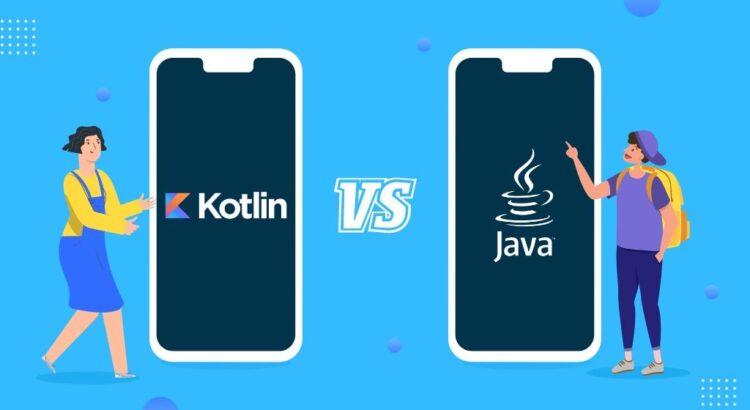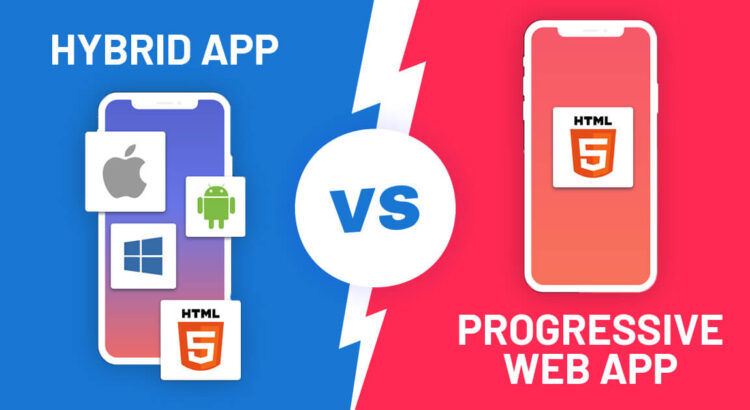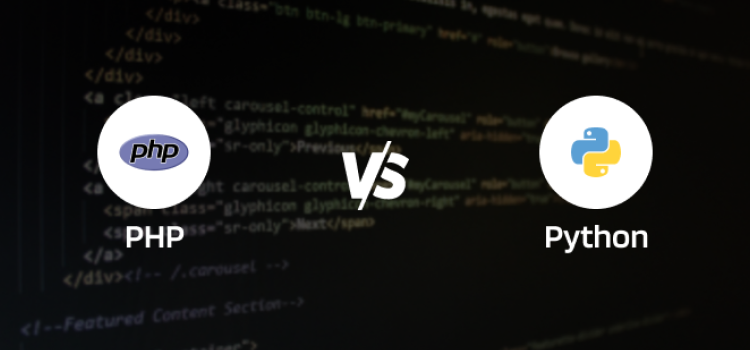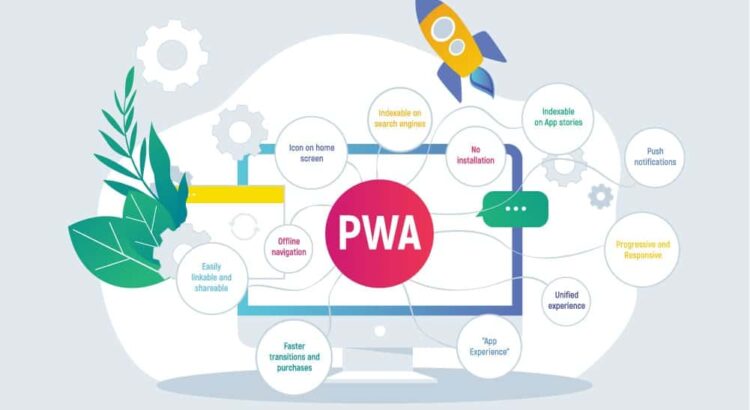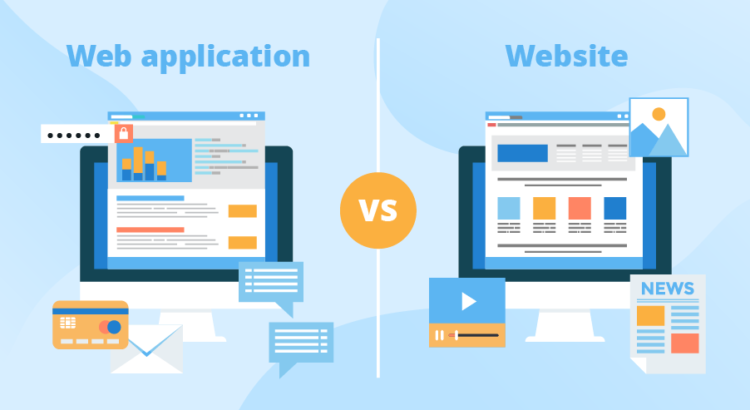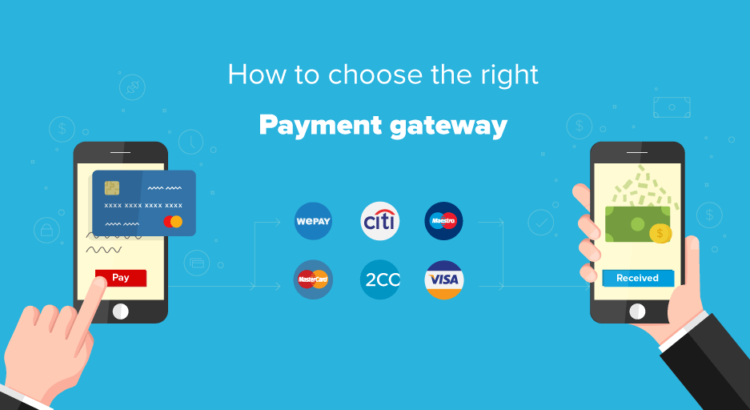In the realm of mobile app development, the choice of programming language can significantly impact the efficiency, performance, and overall success of a project. Among the most debated languages are Kotlin and Java, both renowned for their roles in Android app development. Let’s check the comparison between Kotlin and Java to determine which one is better suited for mobile app development.
Java, a stalwart in the world of programming languages, has been the primary language for Android app development for many years. Its robustness, platform independence, and vast community support have made it a popular choice among developers worldwide. However, with the advent of Kotlin, a modern programming language developed by JetBrains, the landscape has evolved.
Kotlin, designed to be fully interoperable with Java, offers several advantages over its predecessor. One of the most notable benefits of Kotlin is its conciseness and readability. Kotlin requires less boilerplate code compared to Java, allowing developers to write cleaner, more maintainable code in less time. Its modern syntax and powerful features such as null safety and extension functions contribute to improved productivity and reduced chances of runtime errors.
Moreover, Kotlin provides seamless interoperability with existing Java codebases, enabling developers to leverage their existing knowledge and investments. This interoperability ensures a smooth transition for teams adopting Kotlin and allows for incremental migration of projects from Java to Kotlin.
In terms of performance, Kotlin and Java are comparable since both languages ultimately compile down to bytecode that runs on the Java Virtual Machine (JVM). Therefore, the choice between Kotlin and Java is unlikely to have a significant impact on the app’s runtime performance.
When it comes to community support and resources, Java has a more extensive ecosystem due to its long-standing presence in the industry. However, Kotlin’s adoption has been rapidly growing, thanks to its endorsement by Google as an official language for Android development. As a result, Kotlin now boasts a vibrant community, extensive documentation, and a plethora of third-party libraries and tools tailored for mobile app development.
In conclusion, while both Kotlin and Java are viable choices for mobile app development, Kotlin emerges as the preferred language for modern Android development. Its concise syntax, enhanced features, and seamless interoperability with Java make it a compelling option for developers seeking improved productivity and maintainability. However, the decision ultimately depends on factors such as project requirements, team expertise, and long-term goals. Regardless of the choice, mastering either Kotlin or Java opens doors to exciting opportunities in the ever-evolving world of mobile app development.
